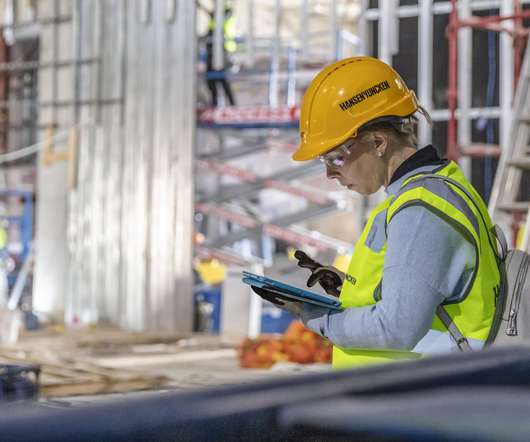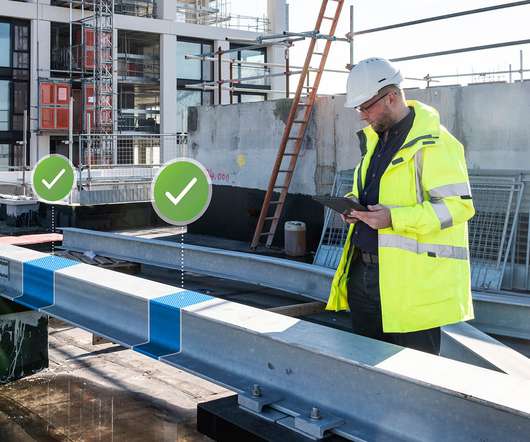BIM, Value Management, Life-cycle Cost Management
Building Information Management
MARCH 19, 2013
BIM is the life-cycle management of the built environment supported by digital technology. BIM is the life-cycle management of the built environment supported by digital technology. The recent increase in demand for sustainable or green buildings is further making the consideration of life cycle cost an issue.















Let's personalize your content